Tai Chi for Fall Prevention
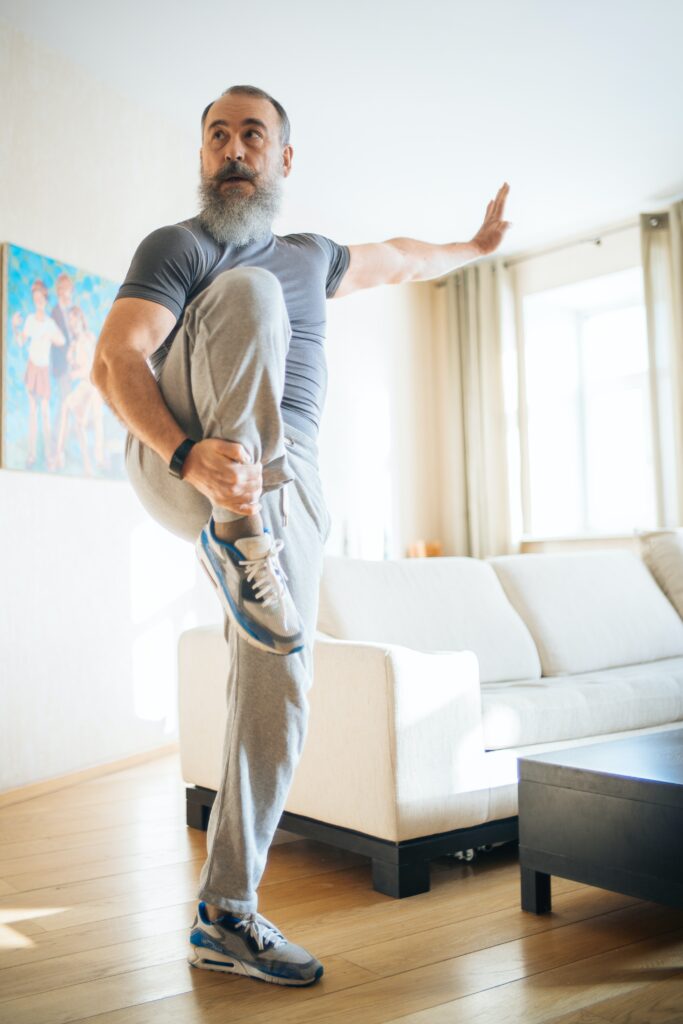
Why is fall prevention so important? According to the World Health Organization, falls are the second biggest cause of accidental deaths after traffic accidents. Other data show that falls are the major cause of death or injury for older adults. Every 11 seconds an elderly person is brought to the emergency room from falling. Those who fall risk fractures or traumatic brain injury and add to the psychological factors that create anxiety about falling. Once a person falls, the odds are that they are likely to fall again.
Here’s another interesting bit, according to a study published in the Journal of Allied Health, 50- to 60-year-olds fall more often than people who are older.
There are numerous reasons for falling. Some are medically related from prescribed medications, physical issues such as weakened muscles, orthopedic issues, tinnitus, vertigo, poor eyesight, hearing loss, pain, neuropathy, or illness. Others may be due to hazards around the home or in the street, lack of attentiveness/mindfulness, poor balance, even poor posture.
Now the good news; many falls can be prevented and should a person fall, with proper training they can minimize the potential for fatality or major injury.
The following are some suggestions for strategies and exercises that can help reduce the potential of falling while improving both physical and psychological conditions.
- Remove and become aware of potential hazards around the house
- Practice “mindful” walking to stay alert for potential hazards in the street
- Exercise to improve strength and balance.
Tai Chi Exercises for Fall Prevention
One of the most useful exercises to help prevent falling is Tai Chi. This gentle practice will build up body strength, especially in the lower body and improve balance. If you should fall, it can help minimize the potential damage as the training does improve body awareness and coordination. It also helps by making bones stronger. The NIH has reported on a study that links Tai Chi practice with reducing bone mass density loss which can help in reducing the potential of serious bone damage.
Tai Chi combines the benefits of many forms of fall reduction practices such as Yoga, Physical Therapy, stretching, and resistance training. Through daily practice it can improve your posture. In addition, Tai Chi practice can improve awareness of, and avoid potential hazards around you while walking. One important factor is that the study of Tai Chi improves confidence and reduces the anxiety about falling.
Learning Tai Chi is something that will require practice and review to truly gain the benefits. Here’s a simple set of exercise you can try to get you started:
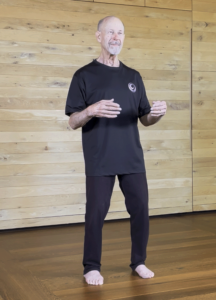
Standing Practice
- Stand with feet shoulder width apart.
- Keep your head floating up, there should be no tension in the neck.
- Bend your knees slightly as if you were to begin sitting in a chair.
- Your weight should be centered between the middle of your feet and your heels with equal weight on both legs.
- Hold this position for 30 seconds, then gently push on your heels to stand back up.
- Gradually build your standing time up from 30 seconds to three minutes.
- Practice daily.
Twist and shift
- Stand with your feet shoulder width apart.
- Keep your head floating up with no tension in your neck.
- Bend your knees slightly.
- Shift your weight to the left leg.
- Twist at the waist and turn your upper torso to face right.
- Push on the heel of your weighted leg, come back to center.
- Shift your weight to the right.
- Twist at the waist and turn your upper torso to face left.
- Push on the heel of your weighted leg, come back to center.
- Repeat this cycle 5 times each side and gradually build up to 10 times each side.
There are many more Tai Chi related exercises ranging from Tai Chi stepping to form study. It is best to study and learn from a trained professional.
If it is difficult to find a locally available studio to learn Tai Chi, online courses such as those offered by Chi Force provide easy to follow instruction provided by experienced instructors.
Strengthening and Balancing Exercises for Fall Prevention
While study of Tai Chi is the preferred approach to help prevent falling, there are a number of strengthening and balance exercises that can help.
Single Leg Balance
- Stand behind a chair or next to a kitchen counter.
- Hold on to the back of the chair or onto the counter and lift one leg.
- Let go of the chair/counter and try to stand on the other leg for 10-15 seconds.
- Next switch legs and repeat.
As you get more comfortable, try to challenge yourself and increase the time with a goal of 30 seconds per leg
Heel-toe Walk
- Stand close to a wall or kitchen counter to assist your balance if you have a problem.
- Move the foot furthest away from the wall in front of the other foot so that the foot is close to the back toe.
- Try to stand without support. If this is difficult, use the wall or counter for support and try again. Then try to hold your balance again without touching the wall or counter for 10 seconds.
- Switch positions: hold on to the wall or counter, move the back foot in front of the front foot and repeat the exercise.
- As you get better at this try to increase your time gradually up to a goal of 30 seconds per position.
- Next try to walk this way, switching feet from back to front as if walking a tightrope. Be sure to stay near the wall or counter to help in case you lose your balance.
Heel Raising
- Use the lowest step on a stair and hold on to the railing.
- Position both feet so that the ball of the feet are on the ledge of the first step.
- Raise the heels and count to 4, hold this for a second, then lower the heels to the count of 4 until the heels are a little below the step ledge.
- Repeat 20 times.
No matter what you do to help prevent falling, it is advisable to discuss your situation with a qualified professional such as your doctor or a physical therapist to determine what course of action is best suited for you.
Fall Prevention around the House
Did you know that half of all falls happen at home? There are many reasons that contribute to falling; some physical, some medical. In some cases, it may be poor eyesight or an inner ear condition. Some medications can produce side effects of weakness or dizziness.
To help prevent some of these falling conditions there are a few strategies that can help. One is to visit your physician and have a chat about your physical state and the medications you are taking. Another is to make your home safer and the activities you perform at home safer.
Do not use a step ladder or stool to reach high places. Should it be imperative, there are step stools with handles (this can still be hazardous) and “grabbers” that can be used to reach objects.
Perform a safety check of your home
Carpeting: If you have carpeting in the home, it should have a short dense pile. A longer, higher pile can catch your feet and contribute to a fall. If you have throw-rugs either remove them or securely tape around all the edges with double sided tape so that they are flat and even on the floor. This should reduce the chances of slipping or tripping on the rug.
Electric cords: It is very easy to trip over loose cables. Look to see if the electric cords or extension cords are located away from any areas you will walk by.
Low-Profile Hazards: Look for hazards such as low-profile stools, tables or boxes that can cause you to trip and move them out of the way.
Lighting: Is the lighting in your dwelling too dim? Use bright lights that will help improve your vision at night. If you have lamps and feel the lights are too bright, you may want to consider switching your lampshades to reduce glare.
Do you have enough nightlights? Review the paths you might take at night and be sure all are fitted with nightlights.
Check floor surfaces. Are they slippery? Do you use floor wax? Remember, anything that can cause you to slip can be dangerous.
Bathroom Hazards: Look at your bathroom for hazards.
Look at your shower or bathtub. Do you have grab bars to help you get in and out or hold onto should you slip? You should consider installing at least two.
What about the shower or bath floors? Do you have rubber bath mats or slip strips? If you use bath mats, are they secure enough or do they slip when wet? Remove the slippery mat and replace it with a more secure mat.
If you have rugs in the bathroom, remember they can contribute to tripping or slipping. Secure them to the floor with two-sided tape.
Are the towel racks close enough to your shower or bathtub? You do not have to be reaching too far to retrieve a towel.
What about your toilet? Is it at a comfortable height? If it is too low, you might consider replacing it with a higher seated one. There are high-rise toilets that range from 17” to 19”.
Check Your Stairs: If you have stairs in your home, these can be a hazard, so check to see if you have the protection you need.
Handrails: You might consider two handrails, one on each side. What about the material of the hand rails? Are they wood? If so, what is the condition? Is there a risk of splinters as you move your hands on them? Can you grip them firmly?
Your steps: Do you have carpeting or are they bare? Carpeting can be a problem if it is not in good repair. Be sure the carpet is snug and that there are no worn surfaces that can catch your foot unexpectedly. Look at the pattern of the carpet. Does it have a pattern that makes it easy for you to see the edges of the steps? If not, you might consider replacing it, or place slip strips on the edges.
- If you have bare steps, consider installing slip strips, rubber strips, non-slip tape, preferably three per step about an inch apart. Make sure it is in contrast to the surface so that you can see them. Another alternative is to coat the stairs with a non-slippery surface.
- Do you have rugs on the top or bottom of the stairs? These should be removed.
- Make sure the stairway is well lit. You don’t want to miss seeing a hazard on the stairs or misjudge where you step.
- If need be, look to install stair climbers (electronic seated lifts).
Examine Your Footwear: Be sure shoes and sneakers fit properly. Get rid of old worn shoes. Don’t walk around the house barefooted or in socks unless they are non-slip, use non-slip slippers.
Check Falling Hazards on the Exterior of Your Home
- Check your porch and stairs for hazards such as loose bricks or cracks in the surface.
- Install handrails on both sides of your stairs.
- In winter, be sure the stairs and porch are free of ice and or snow. Keep salt handy or make an arrangement with a neighbor or snow plough company to be sure your surfaces are secure.
- Check for uneven surfaces in your walkway and driveways and have them repaired.
- Be sure your porch, steps and pathways are well lit.

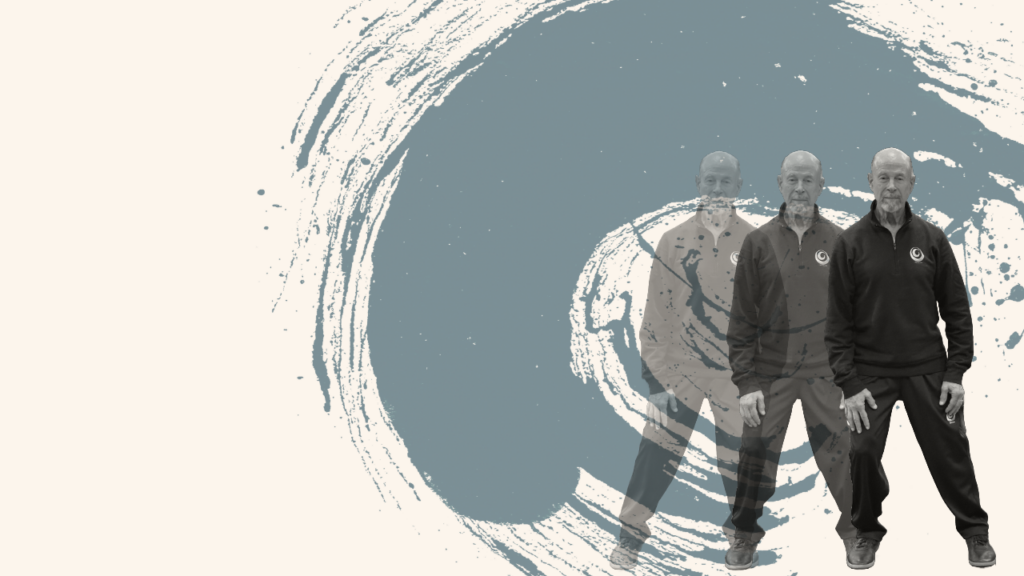


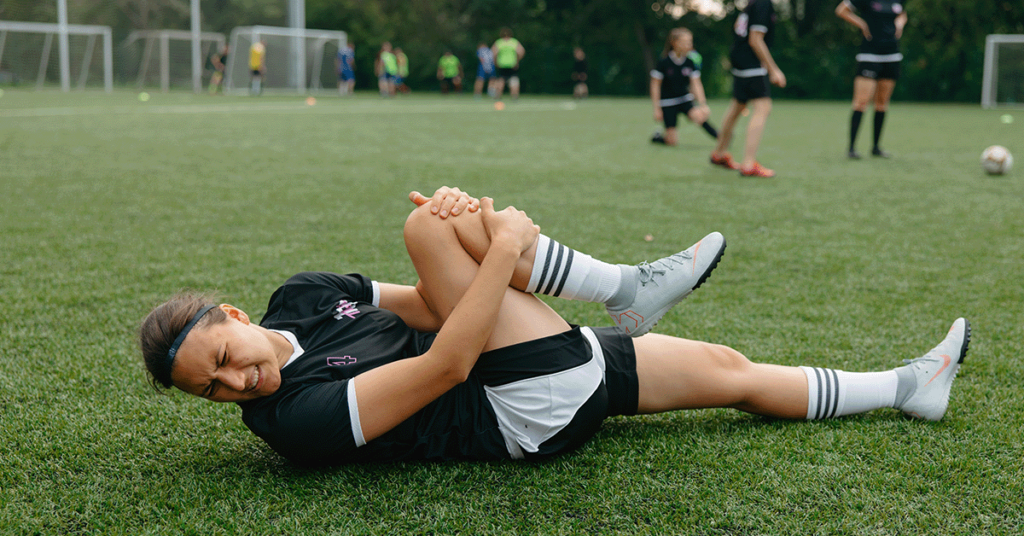
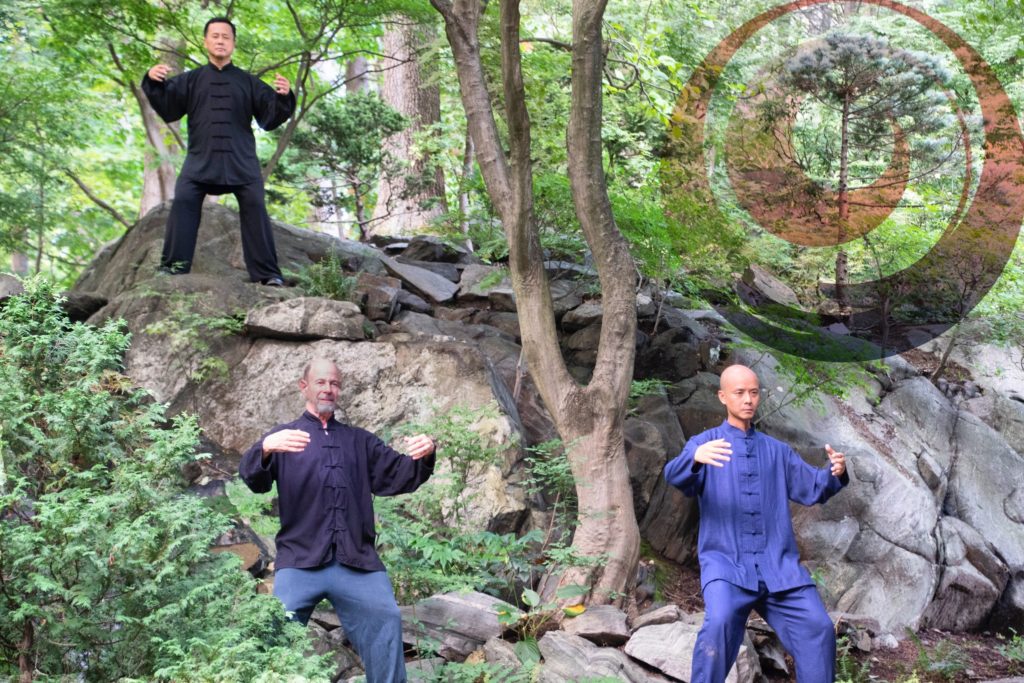

Responses